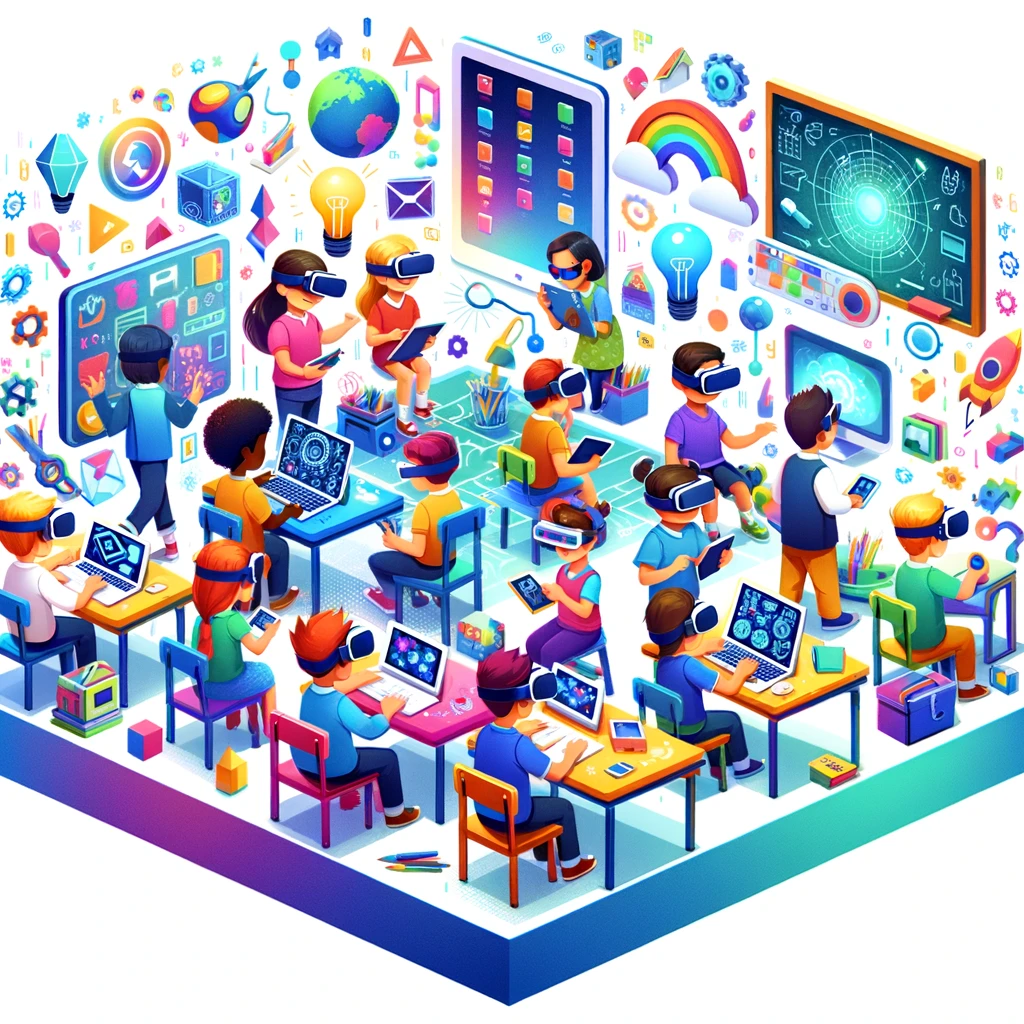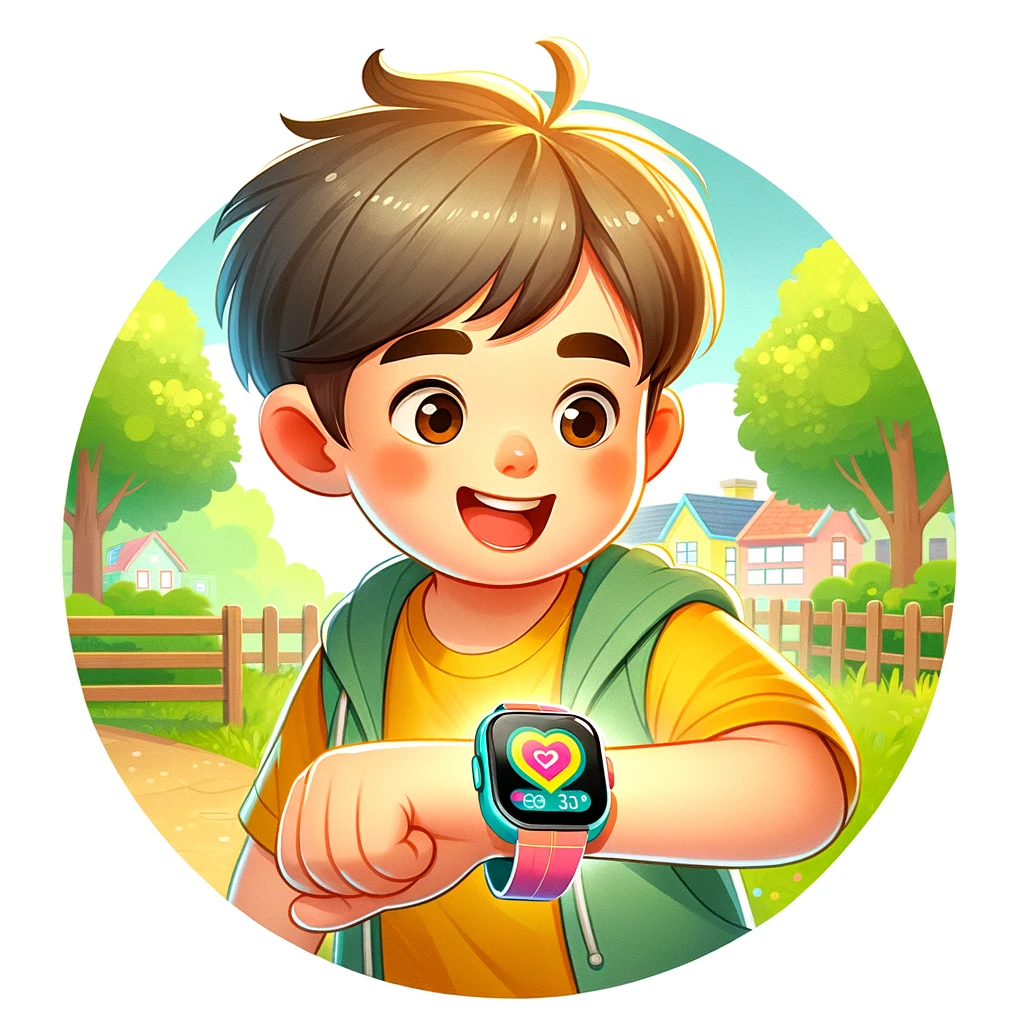Integrating VR and AR Technologies in Children’s Learning: A Guide for Parents

In the evolving landscape of education, Virtual Reality (VR) and Augmented Reality (AR) have emerged as powerful tools that offer immersive and interactive learning experiences for children. As parents, it’s essential to understand how these technologies can be integrated into your child’s learning process, the benefits they offer, and the precautions to take.
What are VR and AR?
Virtual Reality (VR) creates a completely immersive digital environment that users can interact with using special equipment, like VR headsets and hand controllers. Augmented Reality (AR), on the other hand, overlays digital information onto the real world, often through a smartphone or tablet.
Benefits of VR and AR in Learning
- Enhanced Engagement: VR and AR can turn learning into a captivating experience, keeping children engaged for longer periods.
- Interactive Learning: These technologies enable children to interact with digital content, making learning more dynamic and enjoyable.
- Improved Understanding: Complex subjects can be simplified through visual and interactive representations in VR and AR.
- Accessibility to Unique Experiences: VR can transport children to places and scenarios that are otherwise inaccessible, like the surface of Mars or inside a human cell.
How to Integrate VR and AR in Your Child’s Education
- Identify Educational VR and AR Apps: Look for apps that are specifically designed for educational purposes. Examples include apps for exploring the solar system, experiencing historical events, or understanding science experiments.
- Set Realistic Boundaries: VR and AR should supplement, not replace, traditional learning methods. Limit the time your child spends using these technologies to avoid overstimulation.
- Ensure Age-Appropriate Content: Not all VR and AR content is suitable for children. It’s crucial to select content that is age-appropriate and educational.
- Monitor Interactions: Supervise your child’s use of VR and AR to ensure they are using it safely and responsibly.
- Encourage Balance: Balance the use of technology with other activities like outdoor play, reading, and social interactions.
Safety Precautions
- Health Considerations: Prolonged use of VR can cause eye strain or motion sickness in some children. It’s important to monitor their health and take regular breaks.
- Physical Safety: Ensure there’s enough space for your child to use VR safely without the risk of injury.
- Privacy and Security: Be cautious of apps that require personal information or have online interactions.
Integrating VR and AR technologies into your child’s learning can be a rewarding and enriching experience. By choosing the right content, setting boundaries, and prioritizing safety, parents can harness the potential of these technologies to enhance their child’s education in exciting new ways. Remember, the goal is to complement traditional learning methods with these innovative tools, creating a well-rounded and engaging educational journey.


